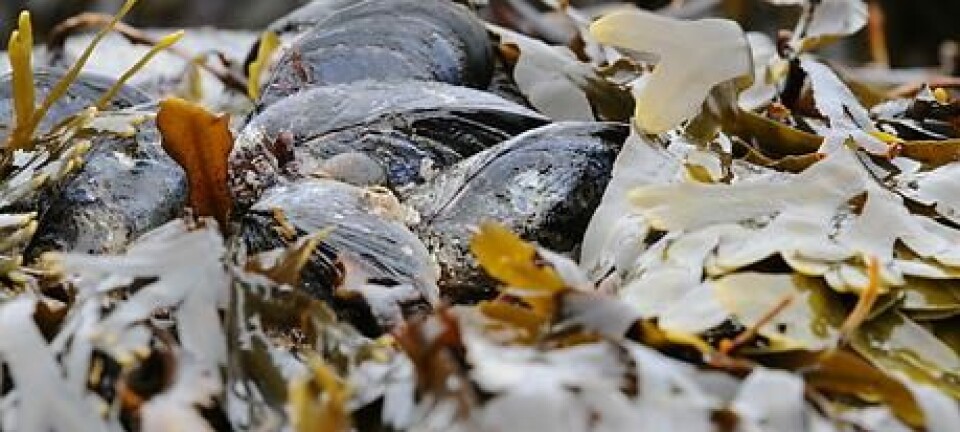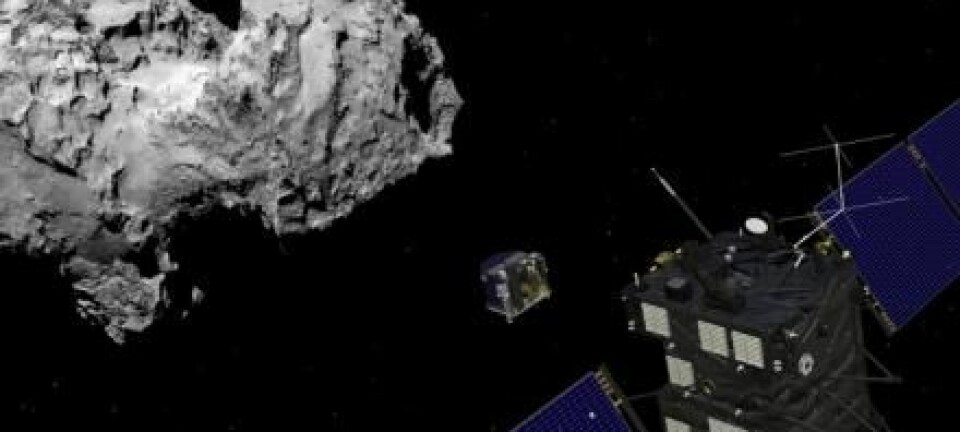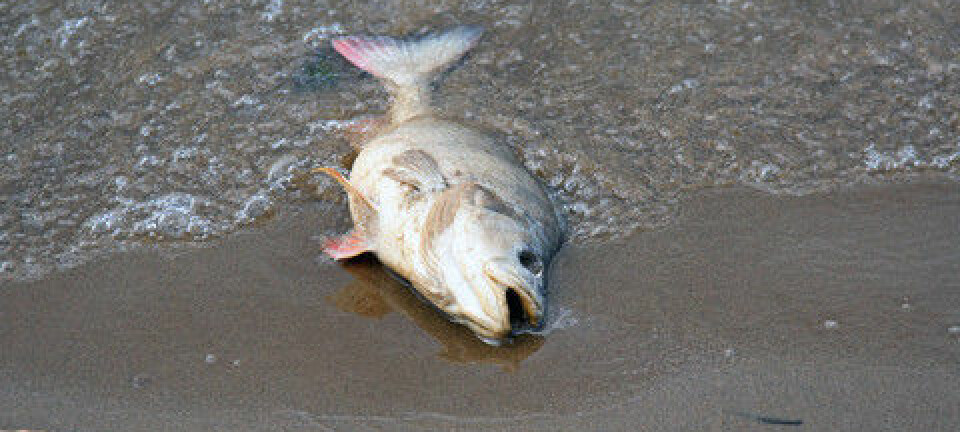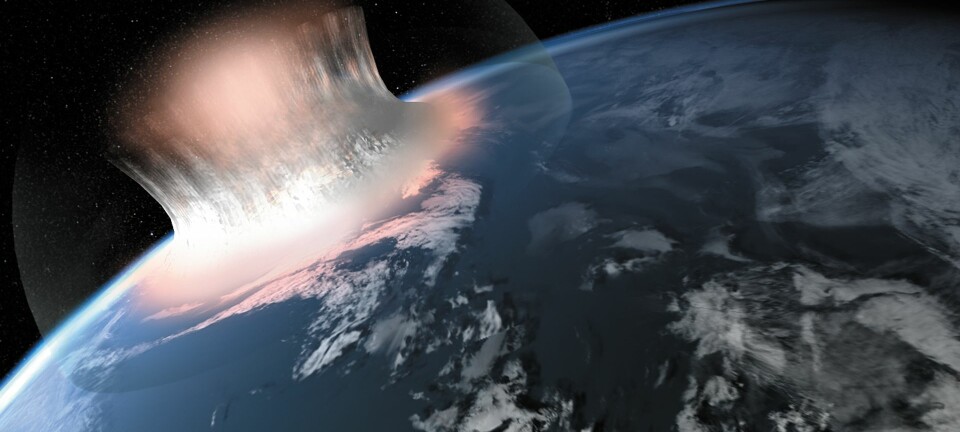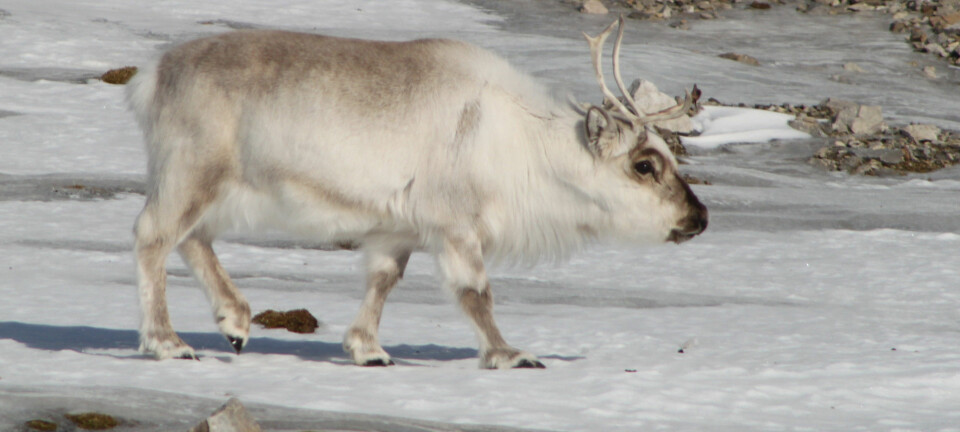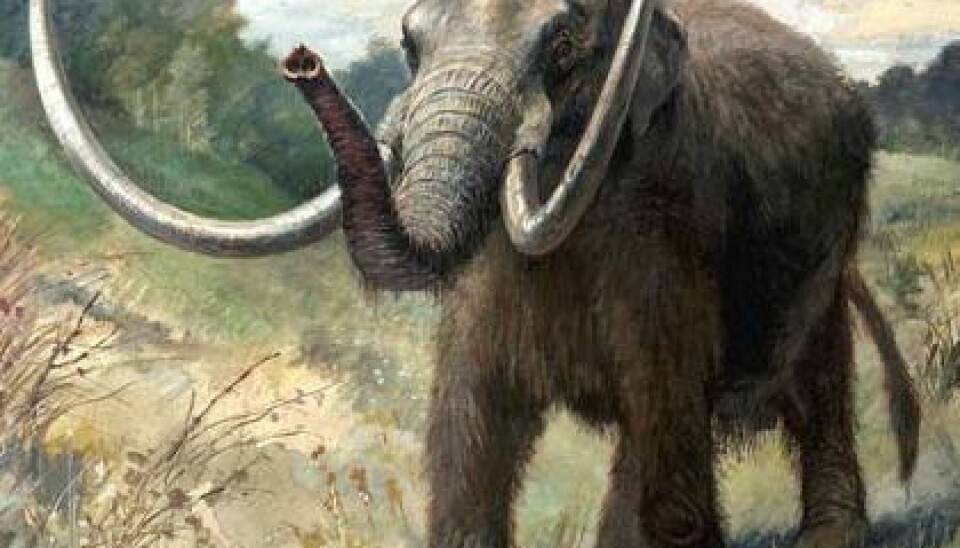
Mammoth extinction: new study questions comet theory
Did extreme weather changes kill off the woolly mammoths? Scientists continue to disagree.
A much debated scientific theory from 2006 proposes that the mammoth became extinct because a comet exploded above North America some 13,000 years ago and caused extreme changes in weather.
One of the theory's strongest points of evidence is that archaeological excavations of Stone Age settlements in Abu Hureyra in Syria turned up small scoria droplets -- porous granules created under extreme heat; such as a comet explosion.
However, scientists behind a new study reject this claim.
"It's rather surprising that they [the comet theory proponents] see something in the Abu Hureyra samples that we simply cannot," says study co-author Gry Barfod, assistant professor at the Department of Geoscience at Aarhus University.
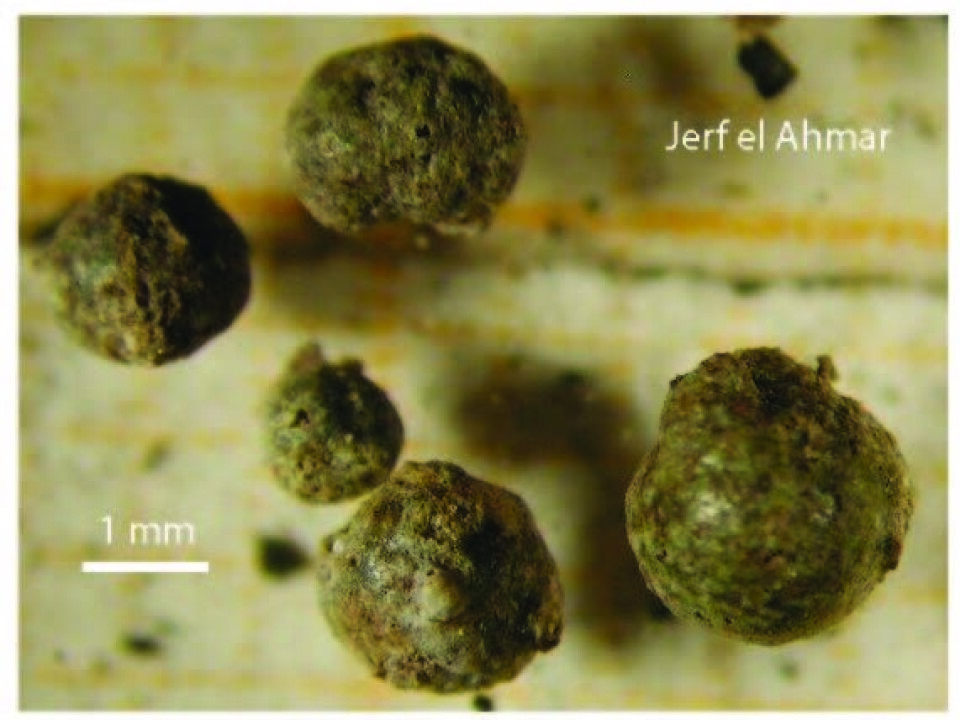
Barfod say they have studied the very same layer at Abu Hureyra as the scientists behind the comet theory studied back in 2006.
"We're not saying that there couldn’t have been a cosmic impact,” says Barfod. “We are, however, saying that these tiny droplet-shaped scoria fragments from Syria can’t be used as evidence of a comet impact.”
The study was recently published in the Journal of Archaeological Science.
Comet impact would have left more traces
Scoria droplets are the outcome of a process in which a porous mixture of crystals and molten material rapidly cool to form glass.
According to the comet theory, the droplets could only have been formed and landed in Syria as a by-product of a huge comet impact elsewhere on Earth.
Barfod says that if there had been a giant cosmic impact around 12,900 years ago, molten rock and soil from the Earth and the comet would have been hurled into the atmosphere as a result of the impact.
In the atmosphere, the material would solidify into droplet-shaped pieces of glass du to extremely rapid cooling.
Via the atmosphere, the tiny scoria droplets would then spread across much of the Earth's surface. The scientists would then have been able to find them evenly distributed in layers dating back about 13,000 years, but not in earlier or later layers.
But the new study shows that the scoria droplets from the archaeological excavations in Syria do not stem from such a comet impact.
The scientists examined and dated layers of earth stretching over a period of 3,000 years from 13,000 to 10,000 years ago. One of the locations examined was Abu Hureyra in Syria.
The studies of Abu Hureyra and a good many other places in North America form the basis of the comet proponents’ theory.
New findings don't match with comet theory
Barfod says that several conditions preclude the Syrian samples as substantiation of the comet theory:
First off, the scoria droplets are spread out through different layers of soil. The scoria droplets in Syria are were found in layers stretching over a period of 3,000 years. If the scoria droplets really were created and spread as a result of a comet impact 12,900 years ago, they should only be found in the 12,900 year-old layers at Abu Hureyra.
Second, the scoria beads have the wrong composition. The scoria droplets do not contain iridium or platinum, which would indicate a cosmic impact.
Lastly, the scoria droplets' texture, chemical composition, and molecular modelling show that their formation is a result of partial melting during brief moderate heating (less than 1,100 degrees Celsius). A cosmic impact, however, would have resulted in temperatures as high as 2,000 degrees Celsius.
Comet theory proponent dismiss new study
Barfod says the droplets from Syria are more likely to be the result of fires in the mud huts belonging to the ancient people living along the River Euphrates.
The man behind the cosmic impact theory, Richard Firestone from Berkeley National Laboratory Nuclear Science describes the new study as 'sheer nonsense' in an interview with the Daily Mail.
“The melt materials found at the site include materials such as monolith that melt at over 2,000 degrees, substantially higher than can occur in any normal fire,” he told the Daily Mail.
But the debate doesn't end here. Barfod points out that monolith of this kind was not found in the new study, either.
So it is still an open question as to whether impacts by extra-terrestrial bodies not only doomed to extinction the dinosaurs, but also the mammoth, the sabre-toothed tiger, and other legendary beasts that roamed North America 13,000 years ago.
----------------
Read the original story in Danish on Videnskab.dk
Translated by: Hugh Matthews
